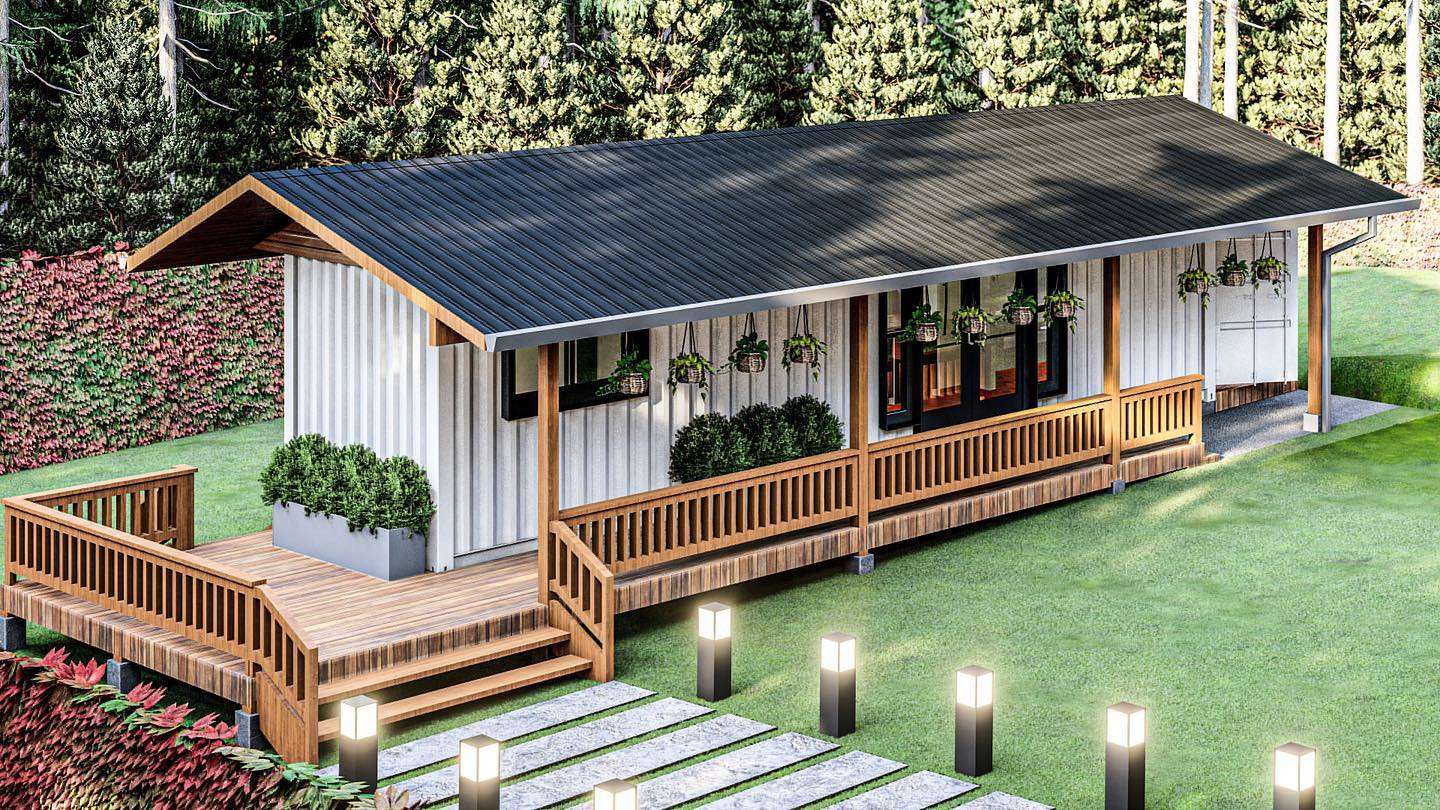In the realm of innovative housing solutions, and affordable of course, shipping container homes have emerged as an intriguing and eco-friendly alternative. These homes are constructed using repurposed shipping containers, transforming these industrial units into habitable spaces.

While they offer numerous advantages, they also come with their own set of limitations. Let’s dig deeper into the advantages and disadvantages of these unique dwellings.
Advantages of Shipping Container Homes.
1. Cost-efficient.
- Affordability: Shipping containers can be more economical compared to traditional housing materials. Their ready availability and relatively low cost make them an attractive option for budget-conscious individuals.
- Quicker Construction: Construction time is significantly reduced as the containers come pre-fabricated, cutting down on labor costs.
2. Sustainability.
- Recycling: Repurposing shipping containers promotes sustainability by reusing materials that would otherwise go to waste.
- Energy Efficiency: With the right modifications, container homes can be designed to be energy-efficient, incorporating features like solar panels and proper insulation.
3. Versatility and mobility.
- Customization: Containers offer flexibility in design. They can be stacked or arranged in various configurations to create unique living spaces.
- Mobility: They can be transported easily, making them suitable for temporary housing or for individuals who frequently relocate.
4. Strength and durability.
- Robustness: Shipping containers are built to withstand harsh conditions at sea, making them highly durable against weather elements and even natural disasters.
- Low Maintenance: Their sturdy steel construction requires minimal maintenance compared to traditional homes.
5. Modern aesthetic.
- Trendy Design: Container homes have gained popularity due to their modern, industrial aesthetic, appealing to individuals seeking a unique living space.
Disadvantages of Shipping Container Homes.
1. Space limitations.
- Size Constraints: The dimensions of shipping containers may be limiting for larger families or those requiring more space, necessitating multiple containers for adequate living space.
- Height Restrictions: Standard container height might not accommodate certain ceiling heights or designs.
2. Insulation challenges.
- Temperature Control: Containers are made of steel, which conducts heat, making temperature regulation a challenge. Proper insulation is essential, which can add to the overall cost.
- Condensation Issues: Without adequate ventilation, moisture buildup and condensation can occur, leading to potential mold problems.
3. Building codes and permits.
- Regulatory Hurdles: Obtaining permits for container homes might be challenging due to building code restrictions in certain areas. Meeting safety and structural requirements can be a hurdle.
4. Modification and customization costs.
- Expense of Alterations: Customizing containers with amenities like plumbing, electricity, and windows can escalate costs significantly.
- Professional Expertise Required: Modifications often demand specialized skills and expertise, adding to the overall expense.
5. Social perception and resale value.
- Perception: Despite gaining popularity, some individuals may still view container homes as unconventional, impacting their resale value.
- Market Acceptance: Selling a container home might pose challenges due to a relatively niche market and the aforementioned social perceptions.
Conclusion.
Shipping container homes present a compelling alternative in the realm of housing, offering cost-efficiency, sustainability, and versatility.
However, challenges regarding space limitations, insulation, regulatory hurdles, and perception exist, influencing their feasibility for certain individuals and locations.
While they may not be a one-size-fits-all solution, their potential to provide affordable, eco-friendly housing makes them an intriguing option in the ever-evolving landscape of home construction.
Leave a Reply